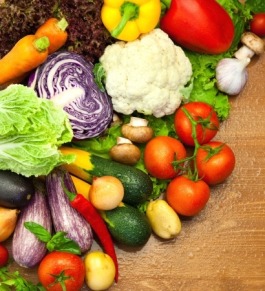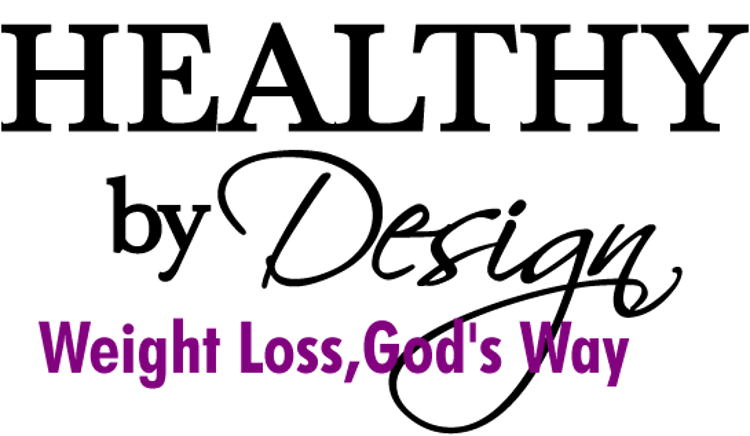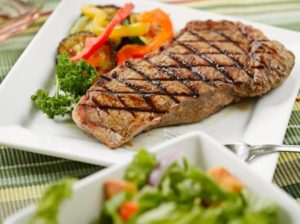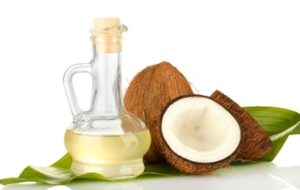Learning to eat healthy is a process. It’s easy to follow a meal plan, but we believe that’s important to know what types of foods are right for your body and why.
This page contains a lot of information and it’s totally up to you how much you want to take it. Pace yourself and pray for wisdom and revelation as you learn. Follow these steps to get started in your healthy eating plan:
STEP 1- Determine your caloric intake
-
Log on to myfitnesspal.com
-
Determine your fitness and nutritional goals ( My Home> settings> update diet/fitness profile)- track your intake for 1 week and see how many calories you consume as well as the percentage that’s carbohydrates, fats and proteins.
-
Based on how much you’re currently consuming, adjust your macros ( My home> goals) Set the Macros Carbs to 35%, Protein to 35% and Fat to 30%
-
Watch the video on how to start here:
[video_player type=”youtube” style=”1″ dimensions=”560×315″ width=”560″ height=”315″ align=”center” margin_top=”0″ margin_bottom=”20″ ipad_color=”black”]PGlmcmFtZSB3aWR0aD0iNTYwIiBoZWlnaHQ9IjMxNSIgc3JjPSJodHRwczovL3d3dy55b3V0dWJlLmNvbS9lbWJlZC9fX0dCRVNza0RPYyIgZnJhbWVib3JkZXI9IjAiIGFsbG93ZnVsbHNjcmVlbj0iIj48L2lmcmFtZT4=[/video_player]
STEP 2-Plan 1 Meal
If you don’t already plan your meals, start with planning just one day. Based on your macros, try to plan out one day and stick to it. (see the guidelines below for foods to include). Enter the foods into myfitnesspal and adjust accordingly.
Here are some examples and some guidelines.
Healthy by Design Sample Meal Plans
Breakfast
1. smoothies (fruits, veggies and nuts)
2. eggs cooked to your liking with sausages
3. 3 ingredient pancakes
4. left-overs from the night before
5. turkey muffins
Lunch
1. butternut squash soup (with shrimps)
2. salad in a jar with choice of chicken, salmon or tuna
3. burger without the bun
4. spinach salad with grilled salmon or chicken
5. chicken soup
Dinner
1. bowl of chili
2. chicken tenders with sweet potatoes and veggies
3. Jerk chicken with fried plantain
4. zucchini pasta with ground beef
5. cauliflower rice with beef stir fry
Snacks
1. handful of nuts
2. cut up veggies
3. apple muffin (recipe included)
4. uncured deli slices
5. piece of fruit
Guidelines:
-eat as much as you want but moderate how many nuts you eat if you’ve got a lot of weight to release
-commit to consuming 100 or less grams of carbohydrates per day OR 30-35% of your total intake.
-if you’re following these guidelines then you don’t have to worry about counting calories or carbs.
-commit 100% to sticking to the program but if you mess up, don’t give up, just keep on going.
-planning is key so spend a few hours on the weekend grocery shopping, planning and prepping for the week
-feel free to eat the same amount of foods each day or change it up each day, its up to your personal preference
Not sure how many carbs your consuming? Use MyFitnessPal.com to check.
-whenever possible, eat organic as your budget allows
-don’t give up when you miss a day or two or three—just pick up where you left off
STEP 3- PLAN YOUR ENTIRE WEEK
Once you’ve successful planned out one day, begin to plan out 2 in a row, then 3, then 4. Join us in Healthy by Design as we plan our meals each week. Share in the group.
This 3-step process can take anywhere from 1 week to 1 year to master. What’s important is that you keep moving forward.
KEY HEALTHY BY DESIGN TEACHING
-Understanding carbohydrates, fats and proteins- eating the right foods for your body
-Understanding portion sizes
-Understanding how food makes you feel- listening to your body
-Planning your meals
-Managing Emotional Eating- learning how to let God satisfy you
Your Healthy By Design Food List and Eating Guidelines
1. Simply put, eat real food. Foods that God gave us to eat in their most natural state. No low fat this or low carb that, eat foods in their most natural state.
2. Avoid all processed sugars, fast foods, junk food, unhealthy fats, beans and legumes.
3. Eliminates all grains from your diet. This includes pasta, bread, rice, couscous, white potatoes, and corn.
4. Choose your carbohydrate consumption based on your daily activity level and health goals. Your goal is to consume 100 or less grams of carbohydrates per day ( you will receive a detailed list when you join the program)
 1. Carbohydrates:
1. Carbohydrates:
Carbohydrates include a big umbrella of foods ranging from chocolate bars to breads, pasta, fruits, vegetables and juices. They include both junk foods and healthy foods. The amount of carbohydrates you consume in this program will be based on your goals and your commitment. Everyone will be required to consume 100 grams of carbohydrates or less (unless you’re an athlete then you can have up to 150)
Carbohydrates to Eat:
-all vegetables (including sweet potatoes)
-all fruit (except dried fruit and juices)
-small amounts of quinoa (within your daily allowance)
CarbohydratesTo Eat Very Sparingly:
-Wheat (including whole grains, pasta, cookies, cakes, granola bars or anything packaged)
-Grains including rye, barley, oats, couscous, quinoa (or rice and corn)
-All processed sugar (including brown sugar, corn syrup, high fructose corn syrup, and honey)
2. Proteins
All foods from meat, poultry, seafood, eggs, soy, beans, nuts and seeds are considered proteins.
The rule of thumb for protein consumption is about .5-1 gm of protein for each pound of lean body mass you have. So a 150lb woman with 30% body fat would need between 52-105 grams per day depending activity levels and goals. If you eat 1 serving of protein at each meal you should be good.
Proteins to Eat:
All meats including beef, chicken, pork and as well as deli meats without preservatives
All seafood
Eggs
Nuts- choose lower fat once to accelerate fat loss
Proteins to Eat Very Sparingly:
Beans of any kind except for green beans and peas
peanuts
Soy including tofu, milk and soy sauce
for more information on proteins read here: http://www.healthaliciousness.com/articles/foods-highest-in-protein.php
3. Fats:
While it can be beneficial to eliminate saturated fats from your diet, you need to be mindful there are good fats and bad fats. Good fats are defined as, ‘the naturally occurring, traditional fats that haven’t been altered by high temperatures, refining, processing or other man-made processes, such as “partial hydrogenation”‘.
Good Fats to Eat:
Nuts (not peanuts)
Good oils such as olive oil, coconut oil, ghee, tallow, non-hydrogenated lard, avocado oil and macadamia oil and butter
Avocados
seeds
fish with omega-3 fats (salmon, trout, catfish and mackerel)
Fats Not To Eat:
Bad oils such as vegetable oil, corn oil, canola oil
peanuts
margerine
Other Foods To Eat:
almost any seasoning (without sugar)
vinegars
Other Foods Not to Eat:
mayonnaise
anything containing MSG
anything with artificial colours or flavours
all sugars
What to Drink:
water (plain or soda)
coffee (black)
tea of all varieties
soup broth (without sugar and watch the sodium content)
coconut/almond or hemp milk
What Not to Drink:
alcohol
pop
fruit juices
milk
sweetened drinks of any kind
energy drinks (like Gatorade)
Enjoy Sparringly
honey
maple syrup
quinoa
whole or full fat milk
full fat yogurt
goats milk and goat cheese
plantain
ground provisions (yams, eddoes, etc)



